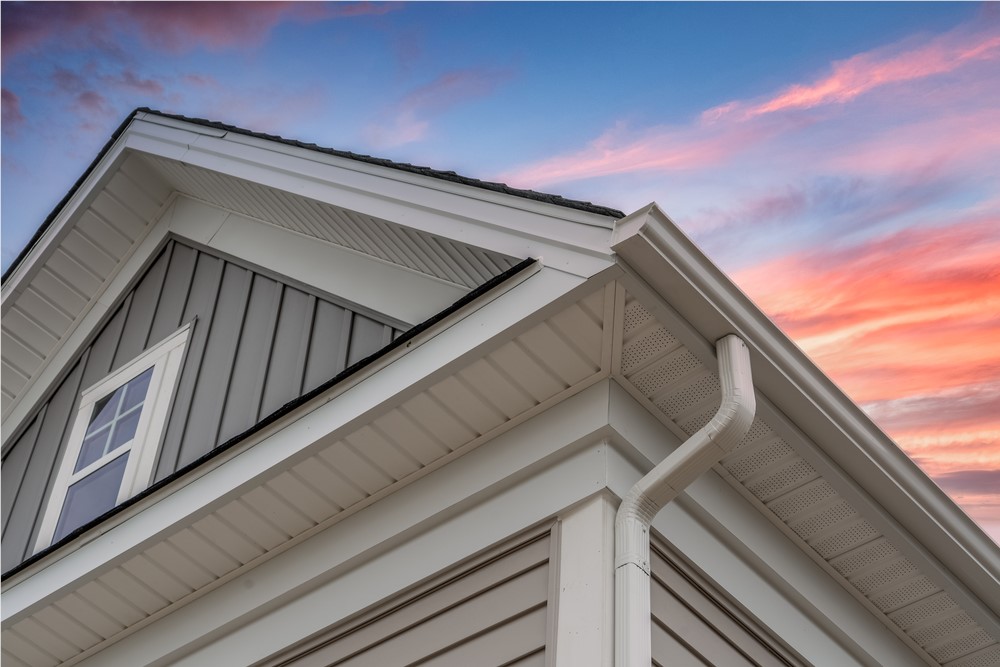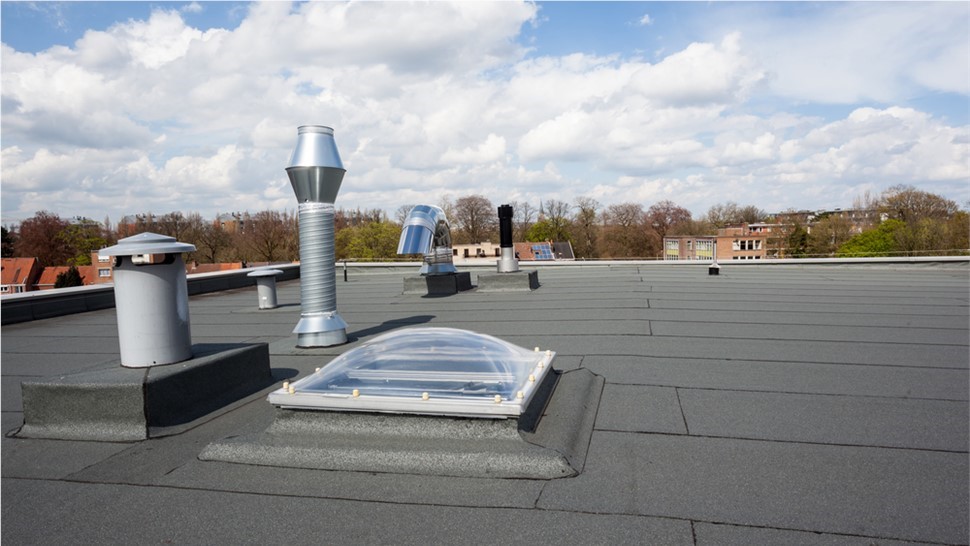Pros and Cons of Hardie Board Siding
Hardie Board siding is known for its protective and stylish nature, adorning many modern American homes and buildings. It has gained a sparkling reputation for the numerous benefits of the material from which it is made. However, there are still some downsides that need to be considered. The resistant, advanced technology of Hardie Board siding makes it appealing to homeowners looking to preserve the outside of their house with minimal upkeep. If you are considering Hardie Board siding, the details in this article will help you decide if it is worth the hype.Pros
Durability
Hardie Board siding is most well-known for its durable material, fiber cement, that makes it capable of standing up against wind-blown projectiles or hail. It’s resistance to almost any weather condition makes it ideal for homeowners in any climate. The makeup of this material is also resistant to insects or pests, which keeps the interior of your home safe from tiny, unwanted visitors and their entrance holes.Long Lifespan
The biggest worry most homeowners have with other siding options is the longevity of a particular material. Wood siding, while aesthetically pleasing and strong, is susceptible to water damage and can rot or warp if the problem is not dealt with quickly. Water is also a threat to metal siding options, as rust is unsightly and dramatically affects the quality of the material. Hardie Board siding is water-resistant and does not warp or sag. Rot should never be a concern.Lasting Color
A particularly appealing quality of Hardie Board siding is its availability in any color. Just like vinyl siding, it can mimic other materials’ patterns and will not fade due to sunlight or wear.Fire Resistance
A housefire is every homeowner’s nightmare, but Hardie Board siding makes the chances of a fire starting from the home’s exterior nearly impossible. This siding is made up of mostly sand and cement, two materials that will not go up in flames.Storm Resistance
With proper professional installation, your Hardie Board siding will act as a tight seal around the outside of your home. Water will find no way inside, and moisture will not be trapped and left to grow mold. Even harsh hurricane winds are not enough to topple siding with such a robust and stable composition. Your home will keep you safe through any weather.
Cons
Installation
Due to the heavy material of Hardie Board siding, the installation process can be long and daunting even for experienced professionals. It requires more precise installation procedures than vinyl because of its weight. Only those trained to work with the siding per its warranties should attempt to install it.Labor Costs
Because of its difficult installation process, costs of labor are increased in comparison to the alternative siding. The price, altogether, is steep if equipment, labor, and time are taken into consideration. However, it can still be worth it in many cases.Maintenence
While maintenance is minimal, periodic repainting and thorough cleaning are necessary to maintain the siding’s original quality. While this may not be a big deal, many warranties only cover paint chipping or peeling for 15 years. Afterward, the costs for repairing Hardie Board siding will increase.Tags
Subscribe to Amos Exteriors's Blog








Comments